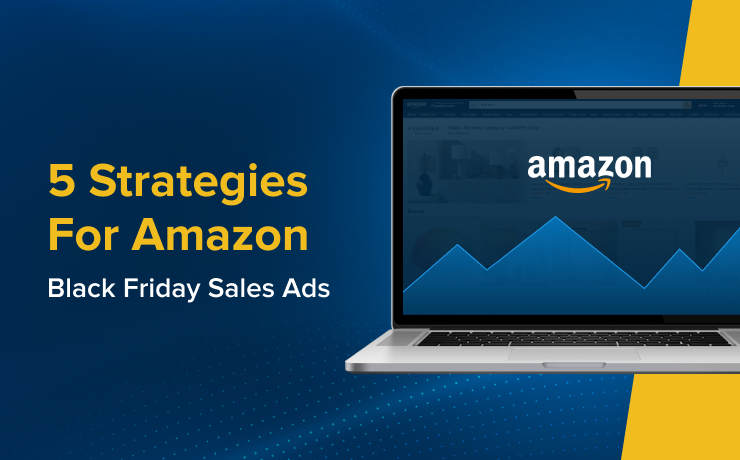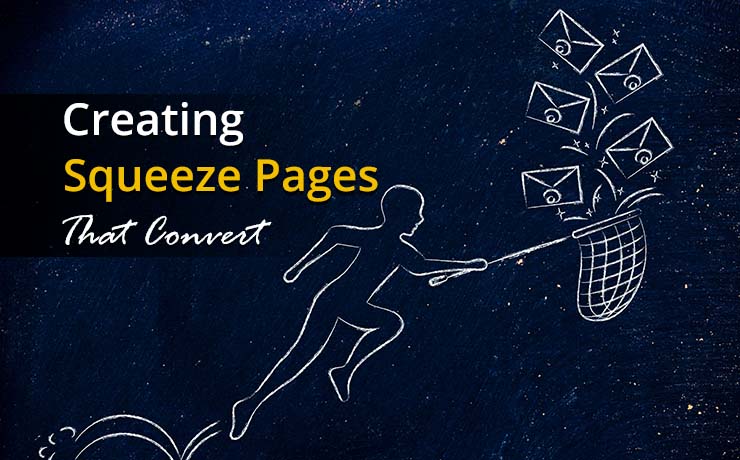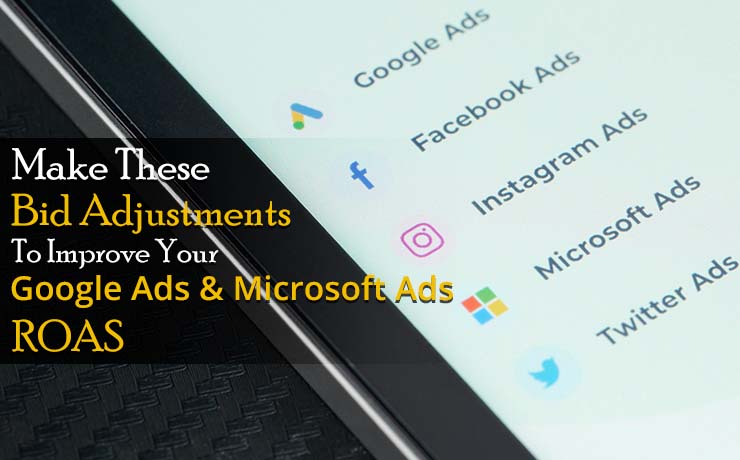Going Under The Epidermis Of Remarketing

Chad Faith
Director of Content

Today, remarketing is a stellar way to boost the relevance of the ads you display online. These campaigns are designed to target customers who have already viewed an offer on your website. In addition, they may have also expressed interest in your products. So, the point of retargeting is to re-engage these individuals, who have not followed through with a conversion, as they continue to browse the Internet. If you are considering rolling out remarketing, bear in mind these pointers:
You Don’t Need a Huge Budget for Remarketing
Yes, you do not need extra budget for remarketing, especially at the start. After all, you are targeting people who have been captured by your current campaigns. Your task is to isolate them, i.e. repeat searchers, and create new experiences for them. You can seek out these individuals more aggressively and even send bid modifiers for this group. Unless you expect your click-through rate to substantially grow or your remarketing audience is large, you do not need to increase your budget. Sure, having extra budget sounds like a good idea. However, it is not a requirement in the short run. It should not be used to conduct initial tests.
Build Your Remarketing Ads Based on What Your Audience Has Seen
As mentioned, remarketing will remarket all users who have been to your website (direct visits). Alternatively, there may be some form of interaction through other channels, including organic search, email blasts, social media pages, display ads, and more. You need to consider what messages these people have seen and build upon that data. If you are able to scale your remarketing efforts, you can create campaigns by sets of channels.
Time Is On Your Side
Remarketing is often thought of as a short-term tactic, especially for recent site visitors and shopping cart abandoners (these people back out at the last minute when they are already on the checkout page). However, remarketing to individuals who have last visited your channel as long as a year ago is possible! Don’t get caught up in new customer acquisition. You should never overlook the importance of nurturing loyalty. As you plan your remarketing campaign, consider factors such as seasonality and consumption patterns. For example, determining the renewal cycle of the IT software you provide. Or the time when your customers start planning a summer vacation or spring break getaway.
Remember to Exclude Users Who’ve been Successfully Converted
If you had the experience of shopping online, you may notice that some companies retarget you with something that you have just bought! Now, that’s kind of off-putting isn’t it? If you are managing a B2C remarketing campaign, it is a good idea to exclude converters from the last seven to 14 days. Keep those that you are planning to cross-sell to. Oftentimes, the product category will determine the delay before transacting again. However, you should keep other factors in mind, including target ROI, location of target, and seasonality.
Up-Sell and Cross-Sell
Consumers, in their discovery phase, do not only research potential solutions. They may also be reconfirming that the problem they are trying to solve is indeed the real problem that needs to be solved. When you set up your campaign, you should test both a sell message as well as an up-sell or cross-sell message. You need to give them more reasons to keep you in mind.
A sell message should mention the same thing converters have heard before in a different way, e.g. a one-time offer, a more direct call to action, etc. A cross-sell message should promote related offerings. In some cases, these alternative offerings may highlight the value of a visitor’s initial option, which may be a higher-end product.
Don’t Assume. Analyze Instead.
It’s not safe to always assume that you have a large retargetable audience. Check your site analytics data from various channels and gauge how many repeat visitors (monthly) exist, by product or business unit. This allows you to create more accurate forecasts pertaining to retargetable traffic in your paid search campaigns.
 Free
Consultation
Free
Consultation Free
Google Ads Audit
Free
Google Ads Audit







